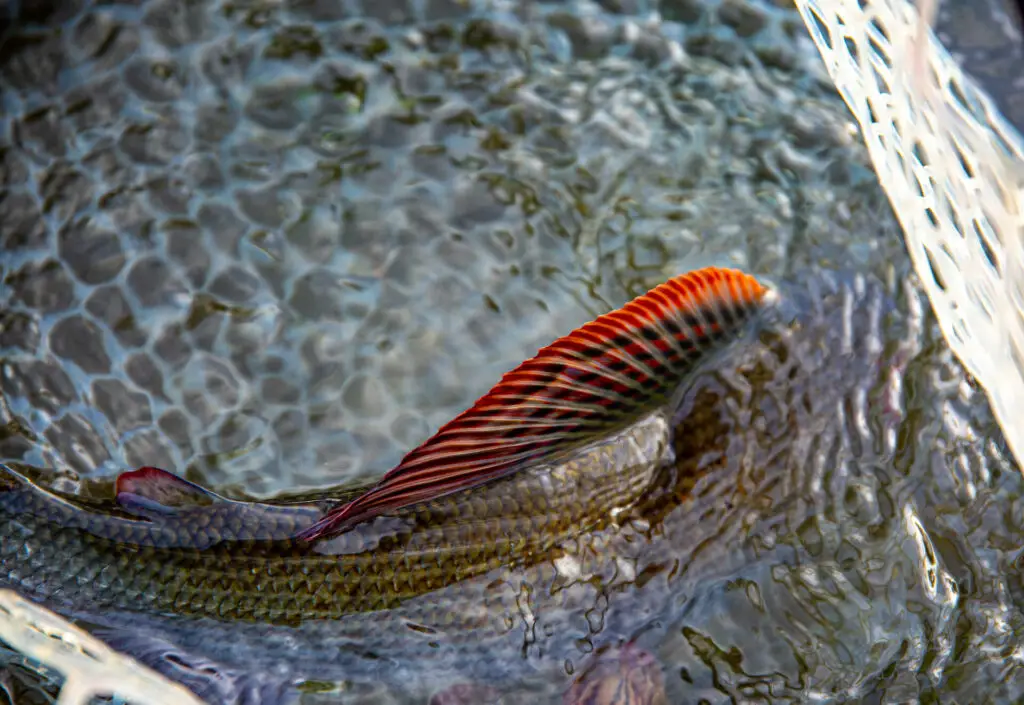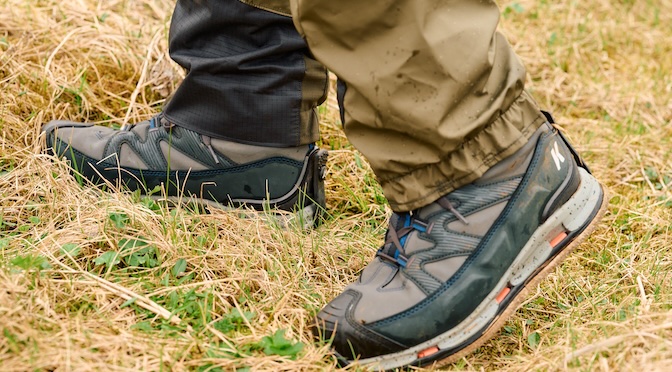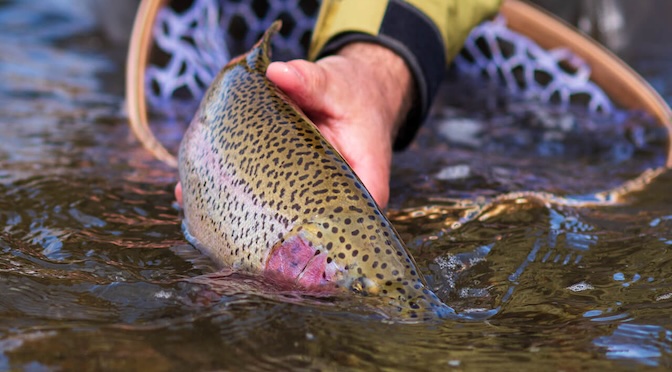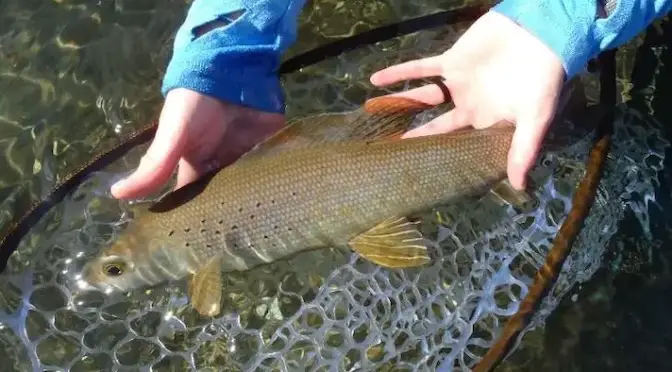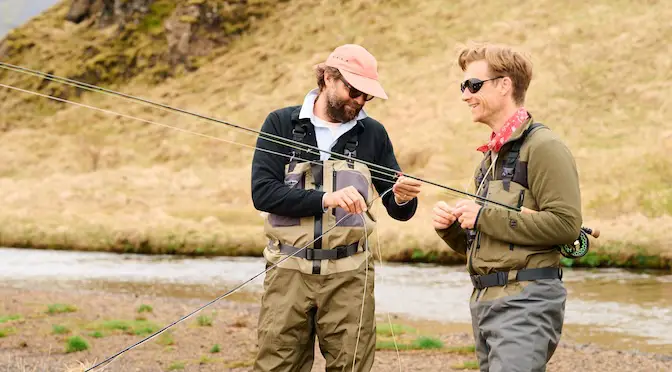- On the Water with the Korkers Bantam Lite - June 26, 2025
- How to Find Trout in Rivers & Streams Anywhere - June 13, 2025
- Educating the Next Generation of Salmon Anglers - June 4, 2025
Thymallus Thymallus are certainly one of the most beautiful fish to catch on a light fly rod.
In recent years Grayling have made a nice comeback across the European continent and can be caught in many rivers spanning from the UK, across Scandinavia and all the way down to Poland, Germany, Czech Republic, Austria and Northern Italy to name only a few.
Winter fly fishing for grayling presents unique challenges and opportunities, particularly in Europe where these fish are prevalent in cold, clear rivers. Grayling, known for their delicate feeding habits and beautiful dorsal fins, require specific tactics during the winter months to ensure successful fishing. Here are some insights and techniques that will help you be successful chasing these beautiful fish.
Understanding Grayling Behavior in Winter
Grayling are primarily bottom feeders, especially during the colder months when they seek out nymphs and other subsurface prey. Their feeding behavior can be unpredictable, influenced by water temperature and clarity. In winter, grayling tend to be less active but can be enticed with the right presentation of flies.
Weather Influence: Grayling are more active during stable weather conditions. Sudden temperature drops or stormy weather can make them less responsive.
Feeding Habits: In winter, grayling’s metabolism slows down, resulting in less frequent feeding. They tend to conserve energy by staying in deeper, slower-moving pools where they can find shelter from strong currents and predators.
Preferred Habitat: Look for grayling in areas with consistent water temperature and oxygen levels. Deep pools, slow runs, and the tail ends of riffles are prime locations.
Nymph Fishing Techniques
Euro Nymphing for Winter Grayling
Euro nymphing has become one of the most effective techniques for targeting grayling, especially during the colder months. This method allows anglers to present flies deep in the water column where grayling often feed.
Technique Basics

Euro nymphing for grayling involves using a long rod (typically 10-11 feet) and a specialized leader setup to present weighted nymphs near the riverbed
The key aspects of this technique include:
Using weighted flies to reach the bottom quickly
Maintaining direct contact with the flies throughout the drift
Detecting subtle takes through a sensitive rod and leader system
Leader Setup
A typical Euro nymphing leader for grayling consists of:
A thin diameter fly line or specialized Euro nymphing line
A long leader (often 12-20 feet) made of monofilament or fluorocarbon
A colored sighter section for strike detection
Fine tippet material (often 5X-6X) to which flies are attached
Fly Selection
When Euro nymphing for grayling, effective fly patterns include:
Hare’s Ear and Pheasant Tail nymphs in various sizes
Flies with tungsten beads for added weight
Smaller, more imitative patterns for clear, low water conditions
Caddis larva imitations as point flies
Presentation
The presentation when Euro nymphing for grayling is crucial:
Cast upstream, allowing flies to sink quickly
Maintain a high rod tip to keep most of the leader off the water
Control the drift by following the flies downstream with the rod tip
Watch for subtle indications of takes, including stops or slight movements of the sighter34
Reading the Water

To effectively target grayling when Euro nymphing:
Focus on areas with uniform bottoms and gravel substrates
Look for seams and current breaks where food may be channeled
Pay attention to foam lines on the surface as indicators of food lanes3
Adapting to Conditions
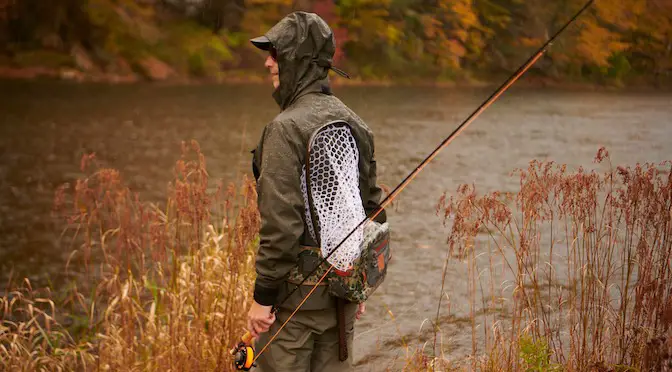
In colder weather, fish deeper and slower
Use heavier flies in higher water conditions
Adjust leader length and fly weight based on water depth and current speed4
By mastering these Euro nymphing techniques, anglers can significantly improve their success when targeting grayling, especially during the winter months when these fish are often found feeding near the riverbed.
Dry Fly Opportunities
While nymphing is predominant in winter, there are moments when dry fly fishing can be rewarding:
Identifying Hatch Opportunities
Midge Hatches: Midges can hatch even in cold conditions. Look for rises during warmer parts of the day when midges are most active.
Surface Activity: Pay attention to subtle surface disturbances or dimples indicating feeding grayling.
Effective Dry Fly Techniques
Fly Patterns: Use small patterns like Griffith’s Gnat or CDC Emergers in sizes 18-22.
Presentation Tips: Cast upstream and allow your fly to drift naturally with minimal drag. A delicate presentation is key; avoid spooking fish with heavy casts or splashy landings.
Adapting to Water Conditions
Winter fishing requires flexibility and adaptation to varying conditions:
Responding to Temperature Changes
Cold Mornings: Start with heavier nymphs fished deep. As the day warms, be prepared to switch tactics if you notice increased surface activity.
Water Clarity: In clear water, use longer leaders and finer tippets (down to 6X) to avoid detection by wary fish.
Equipment Considerations
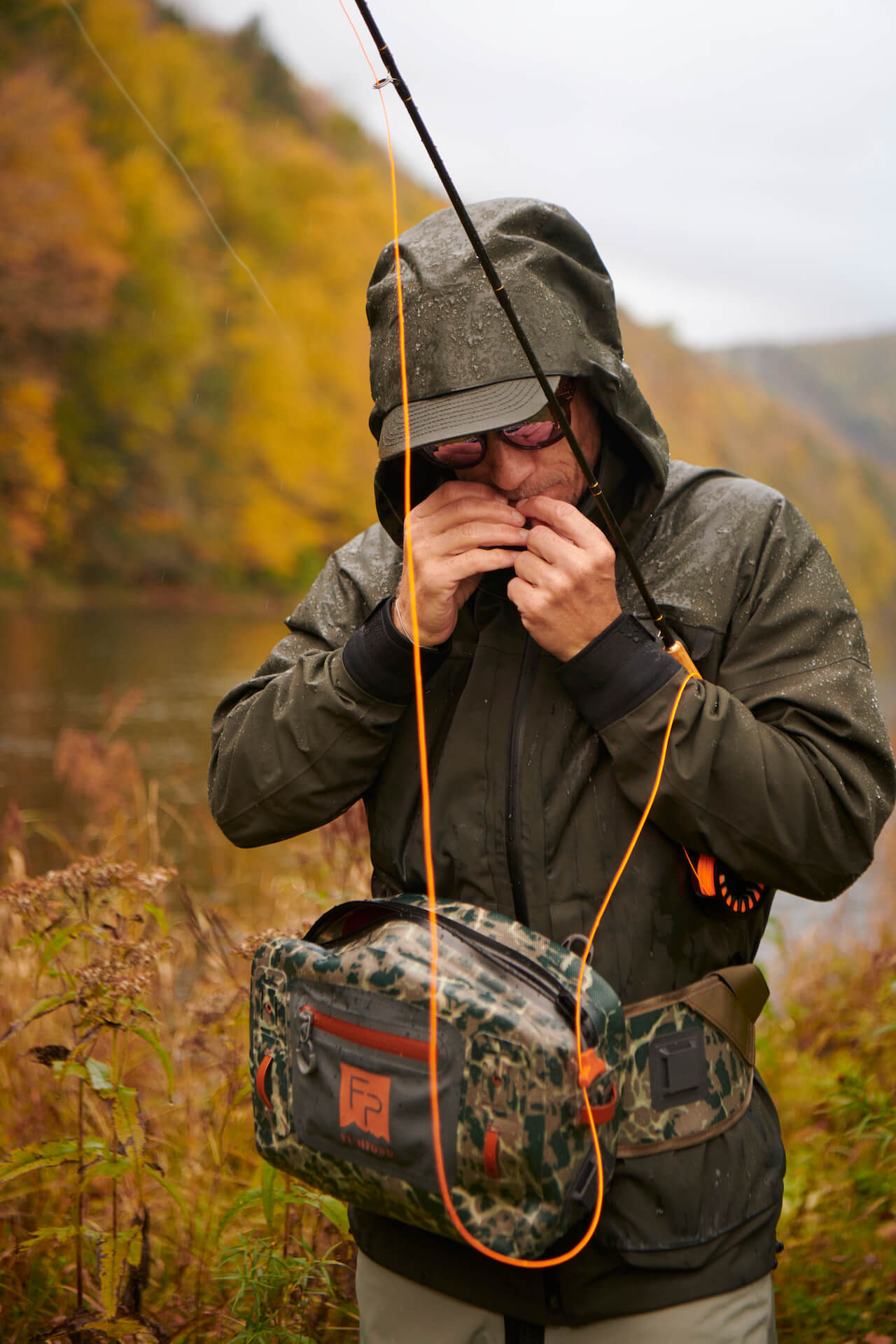
Choosing the right gear can make a significant difference:
Rods: A 10-foot rod for 3 or 4 weight lines is ideal for nymphing due to its reach and sensitivity.
Reels: Ensure your reel has a reliable drag system to handle sudden runs from large grayling. If you prefer, you can also use a click and pawl where you essentially stop the run of a fish with the palm of your hand. It takes some getting used to but can be great fun once you know how to do it.
Clothing: Dress in layers with waterproof outerwear. Staying warm and dry is essential for maintaining focus and comfort during long sessions.

Conclusion
Winter grayling fishing offers a unique challenge that rewards patience and skill. By understanding their behavior, employing effective nymphing techniques, and adapting to changing conditions, anglers can enjoy productive outings even in the coldest months. These insights emphasize the importance of preparation, observation, and adaptability in pursuing these beautiful fish during winter.

